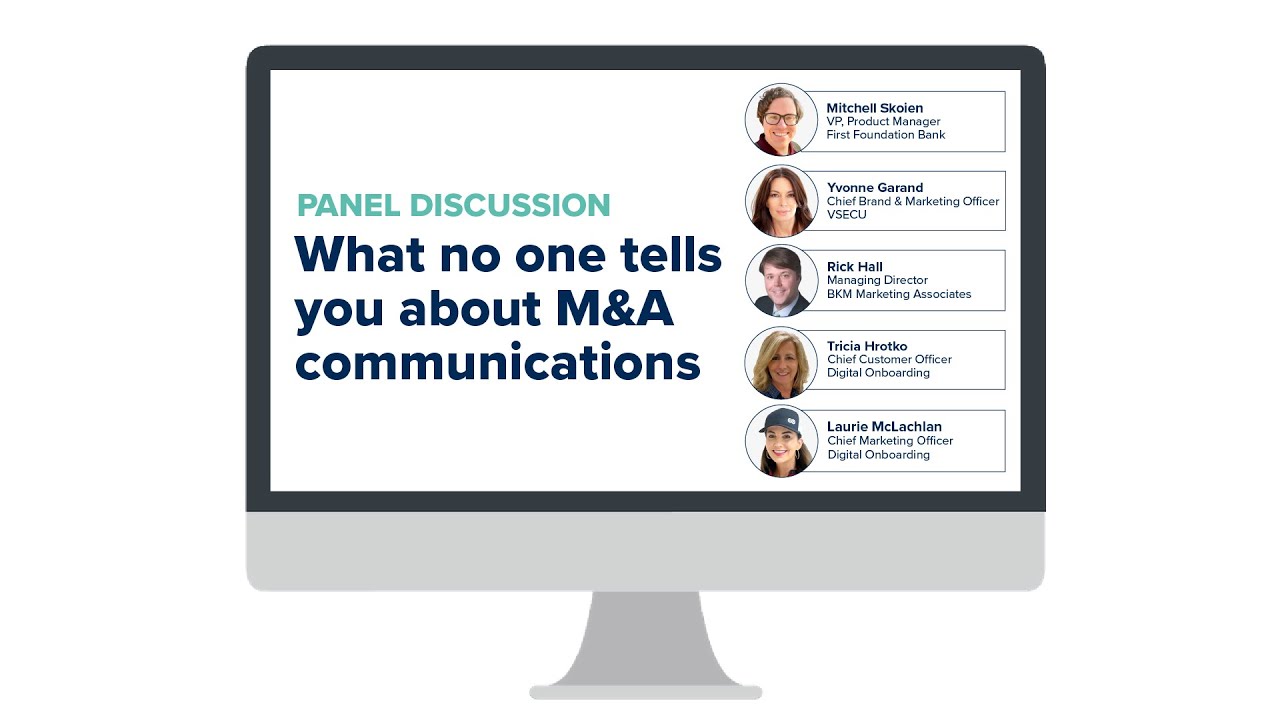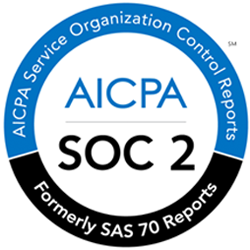By Rick Hall, Managing Director, Banking and Financial Services practice at BKM Marketing

There is no more worthwhile investment than understanding the data you have within your institution. If you have neither enough data at hand nor the ability to analyze it, as a financial marketer, you will be at a disadvantage. But too often data strategy is held hostage by pet projects.
It’s said that if you don’t know where you’re going, any road will get you there. This is certainly true for financial marketers. Digital-only institutions, traditional banks, credit unions, and other new market entities are all vying for the same customers.
Bank and credit union marketing leaders are being asked to raise their game as the stakes get higher, but without proper data analysis in place, they will not be able to target key retention segments, identify at-risk relationships, or understand key customer preferences and move to a behavior-based targeting model.
Here are four strategies for financial marketers for organizing and using bank data that will help your marketing investment deliver a positive return that is strategic and sustainable.
1. Work Across Business Lines to Build a Business Case
If there isn’t already a formal process in place, financial marketers need to establish a data strategy and governance process. If one already exists, ensure that marketing is not only at the table for these key discussions, but also participating vigorously. While banks and credit unions can benefit from a solution in multiple areas, marketing must align solution investment recommendations with bank strategy and measurable payback projections.
“If an institution implements too many point solutions, it may not have a clear ROI.”
— Rick Hall, BKM Marketing
In recent months, we’ve seen a need in the vendor-selection process to address more than just a line-of-business solution. This is because there are more point solutions for financial institutions to sift through than ever. However, if an institution implements too many of these solutions, it may not have a clear ROI. Additionally, we’re seeing banks and credit unions suffer from a “source of real truth” scenario, where data is sourced inconsistently or improperly applied to give sound analysis to leadership across initiatives. Therefore, institutions need to have normalized data used across all solutions and tools.
Marketing programs, which are not linear, will benefit multiple stakeholders of the financial institution when they’re executed effectively. While marketing might drive the execution of these programs, the impetus for initiating them is based on needs — deposits, loans, deeper relationships, new relationships, retail, business, non-interest income, etc. The benefit is corporate, rather than just collecting responses and digital conversions, and a solid business case will reflect the totality of this potential upside.
U.S. Bank, for example, uses the data mined from multiple consumer touchpoints so it remains in step with the customer’s life journey. Rather than starting from square one with each call, every interaction with the individual customer provides information that the bank uses to keep interactions frictionless. As customers pass key milestones — such as a marriage or a new baby — U.S. Bank determines data patterns that it can use to predict financial needs and provide enhanced customer service and profitability.
Interested in learning more financial marketing strategies? Continue reading our article on The Financial Brand.
This article was originally published on The Financial Brand on April 21, 2020.
















